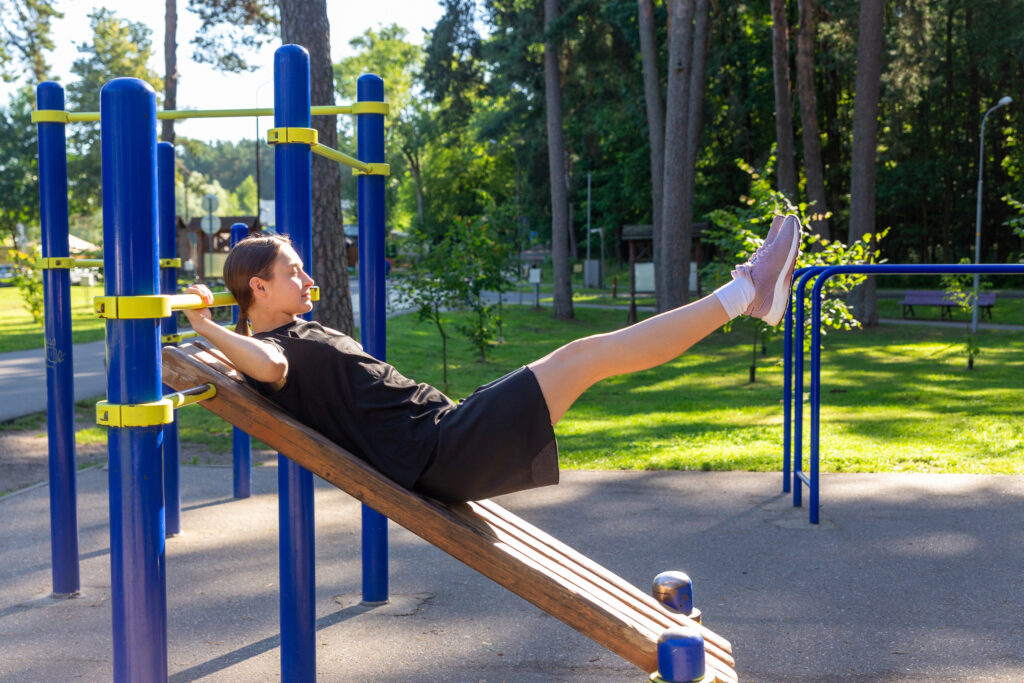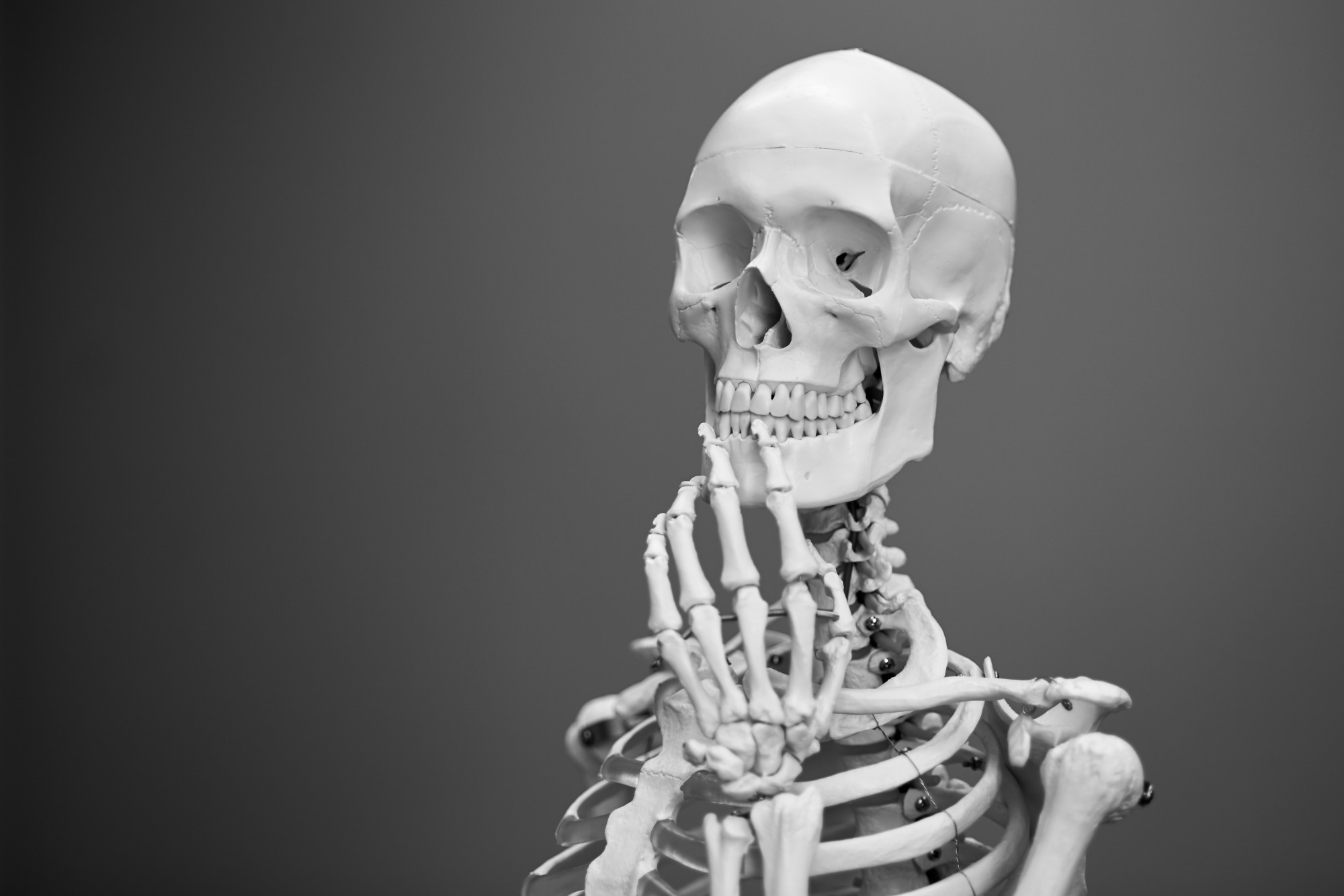The abdominal muscles, often referred to as the “core,” are a group of muscles located in the front and sides of the torso. These muscles play a pivotal role in stabilising the spine, supporting posture, and facilitating a wide range of movements. In this article, we will delve into the anatomy of the abdominal muscles, their functions, and their crucial role in fitness.
Anatomy of Abdominal Muscles
The abdominal muscles are divided into four main groups:
Rectus Abdominis: This is the most well-known abdominal muscle, commonly referred to as the “six-pack.” It is a long, flat muscle that runs vertically down the front of the abdomen.
Rectus Abdominis Muscles
External Obliques: Located on the sides of the abdomen, the external obliques run diagonally and help with movements like twisting and bending.
External Obliques Muscles
Internal Obliques: Beneath the external obliques, the internal obliques run in the opposite direction. They work in conjunction with the external obliques to facilitate rotational movements.
Transversus Abdominis: This deep-lying muscle wraps around the torso horizontally. It acts like a corset, providing stability and support to the spine and pelvis.
Functions of Abdominal Muscles
The abdominal muscles serve several crucial functions in the body:
Core Stability: The core acts as a stabilizing force for the spine and pelvis. This stability is vital for maintaining proper posture, especially during movements that involve lifting, twisting, or bending.

Facilitating Movements: The abdominal muscles work in tandem with other muscle groups to generate a wide range of movements. This includes bending forward (flexion), bending backward (extension), twisting (rotation), and lateral bending.
Protecting Internal Organs: The abdominal muscles provide a protective layer for the internal organs, including the liver, stomach, and intestines. This helps shield them from external impacts.
Abdominal Muscles in Fitness
Having a strong core – the muscles around your belly and lower back – can make a big difference in how well you move and feel. It’s like having a strong foundation for your body. In this part, we’ll talk about how a strong core helps you do better in sports, keeps you from getting hurt, and even makes everyday activities easier. Plus, it can give you a nice, toned tummy! Let’s see how having a strong core can make a positive change in how you move and look.
Enhanced Performance: A strong core is essential for various athletic endeavors. It forms the foundation for movements in sports like running, jumping, and lifting. Athletes with well-developed core muscles often experience improved performance and reduced risk of injury.
Improved Posture: Weak abdominal muscles can lead to poor posture, which can result in discomfort, pain, and even injury over time. By strengthening the core, individuals can maintain better posture in both daily activities and exercise routines.

Reduced Risk of Injury: A strong core helps distribute forces evenly throughout the body during physical activities. This reduces the risk of overloading and straining other muscle groups, which can lead to injuries.
Enhanced Functional Fitness: Functional fitness refers to the ability to perform everyday tasks with ease and efficiency. Strong abdominal muscles are essential for activities like lifting groceries, carrying children, and even sitting and standing.
Aesthetic Benefits: Well-defined abdominal muscles contribute to a toned and sculpted midsection, which is a fitness goal for many individuals. Strengthening the core helps achieve a leaner, more defined appearance.
Effective Exercises for Abdominal Strength
There are several exercises aimed to improve the abdominal strength such as:
Planks: Planks are a fantastic exercise for engaging the entire core, including the rectus abdominis, obliques, and transversus abdominis.

Crunches: These target the rectus abdominis and are excellent for developing the “six-pack” appearance.
Russian Twists: This exercise engages the obliques and improves rotational strength.
Leg Raises: Leg raises primarily target the lower abdominals, helping to build strength in this area.

Mountain Climbers: This dynamic exercise engages the entire core and also provides a cardiovascular benefit.
Conclusions
The abdominal muscles are a cornerstone of physical fitness, playing a crucial role in stability, posture, and movement. By incorporating targeted exercises into your fitness routine, you can develop a strong and functional core. This not only enhances athletic performance but also contributes to overall well-being and aesthetics. Remember, a balanced approach to fitness that includes core strengthening exercises is key to achieving a healthy, strong, and resilient body.

